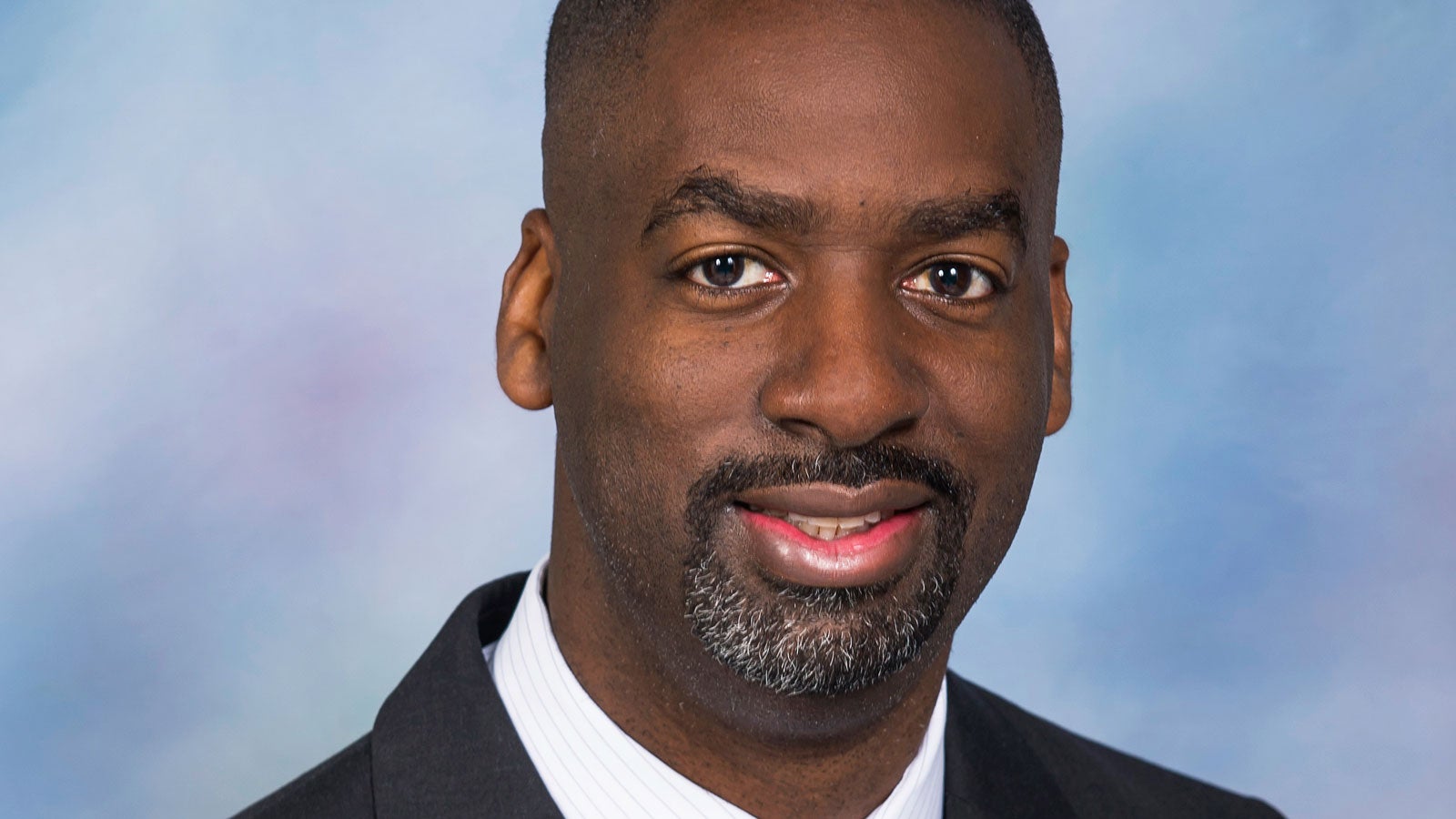C. Fred Higgs III is among the 140 colleagues who have been inducted this year into the American Institute for Medical and Biological Engineering (AIMBE) College of Fellows.
Higgs is vice provost for academic affairs, the John and Ann Doerr Professor of Mechanical Engineering (MECH), joint professor of bioengineering (BIOE), and the faculty director of the Rice Center for Engineering Leadership (RCEL) at Rice University. Renata Ramos, a teaching professor in BIOE, associate dean for academic affairs in the school of engineering and chair of the Center for Teaching Excellence Faculty Fellows in the George R. Brown School of Engineering, was also inducted in this year's class.
AIMBE fellows are recognized for their contributions to medical and biological engineering research, pedagogy, and/or practice, and for their ability to serve as assets to the university or advocates for the field and its diversity. The formal induction into the AIMBE College of Fellows took place March 27.
“Inspired by the artificial knee implant that his father received, Fred’s research in particle flow and tribology has had an impact on many industrial applications, including biotechnology,” said Amy Dittmar, the Howard R. Hughes Provost at Rice. “Much of his lab’s work is dedicated to understanding the lifetime performance of orthopedic implants.”
Higgs earned his Ph.D. in MECH from Rensselaer Polytechnic Institute in Troy, N.Y. in 2001. For two years he was a postdoctoral research fellow at Georgia Tech, and for 13 years was a MECH faculty member at Carnegie Mellon University. He joined the Rice faculty in 2016.
“The AIMBE honor reflects Fred’s contributions in multiple areas,” Dittmar said, “including improving the quality of life for people who receive hip and knee replacements. I’m proud of his leadership and grateful his peers have awarded him this high honor for his contributions to the medical and biological engineering community at large.”

